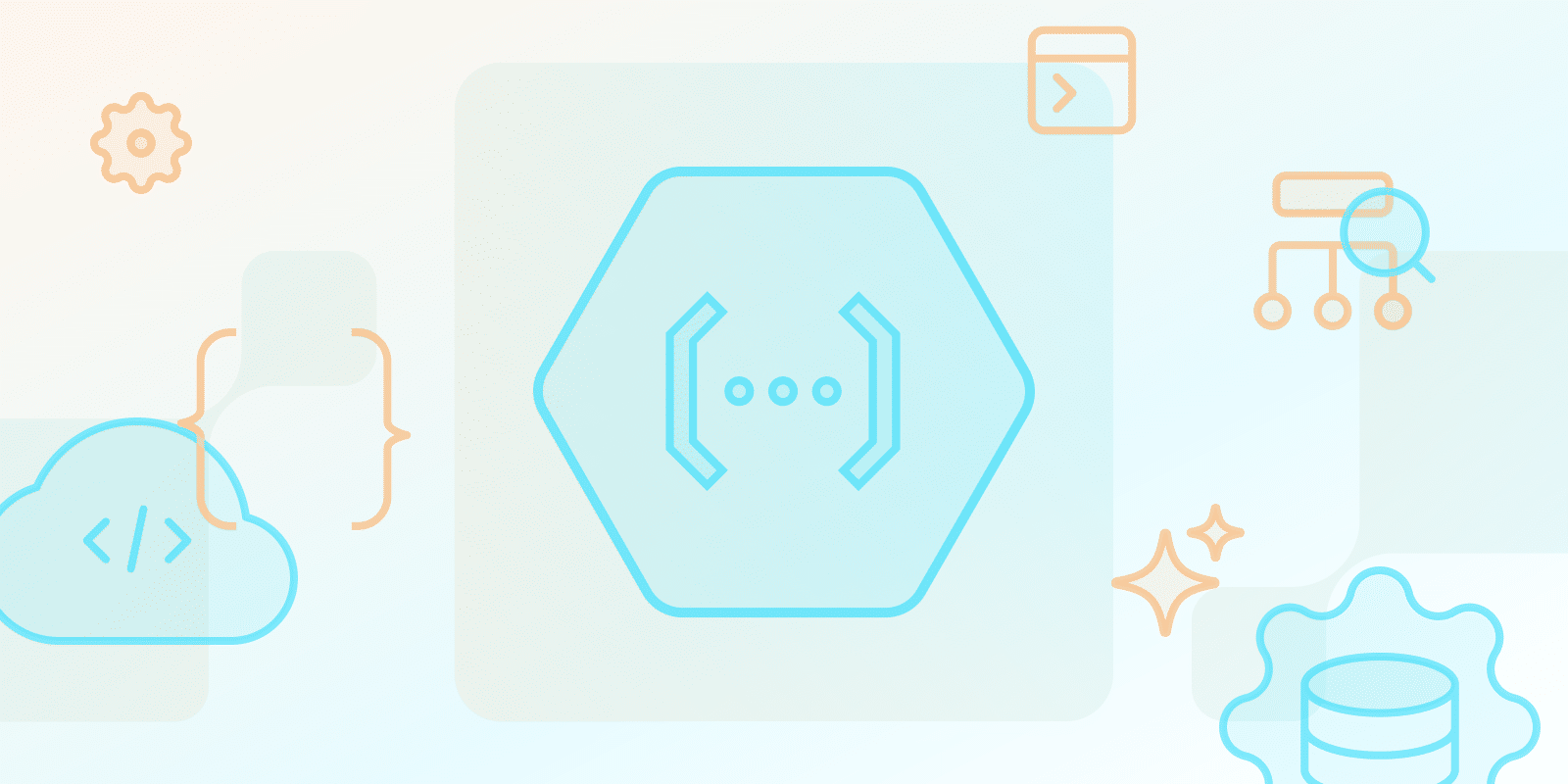Serverless Computing
Che cos'è Google Cloud Function?

Che cos'è Google Cloud Function?
Google Cloud Function è un ambiente di esecuzione in cui gli sviluppatori creano e connettono servizi cloud. Cloud Functions è serverless e viene utilizzato principalmente per funzioni autonome e monouso che non richiedono la gestione di un server o di runtime.
La versione più recente di Cloud Functions è la seconda generazione. È alimentata da Cloud Run ed Eventarc e gli sviluppatori la utilizzano per:
- scalabilità
- Usabilità
- Compatibilità con le origini degli eventi
- Controllano
Come funziona Google Cloud Functions?
Lo strumento serverless di Cloud Functions esegue il codice in base agli eventi; di conseguenza, lo sviluppo e la distribuzione dovrebbero essere semplificati. Cloud Functions viene utilizzato per l'automazione delle attività, la creazione di microservizi e la connessione di applicazioni.
Google Cloud gestisce le funzioni, il che può far risparmiare tempo agli sviluppatori, tuttavia non è sempre la scelta migliore per le app che richiedono risorse significative o attività di lunga durata.
Quali sono i vantaggi dell'utilizzo di Google Cloud Functions?
Normalmente gli sviluppatori implementano Google Cloud Functions per le sue funzionalità automatizzate in modo da poter scrivere codice al suo posto. Il sovraccarico operativo e la gestione del server sono altri due aspetti da considerare.
Ecco alcuni motivi per cui gli sviluppatori utilizzano Cloud Functions:
- L'interfaccia
- Architettura serverless
- Architettura basata sugli eventi
- Prestazioni e scalabilità (in particolare di seconda generazione)
Tuttavia, è anche importante considerare gli altri aspetti della medaglia (ad esempio, il controllo limitato dell'infrastruttura sottostante e il possibile blocco del fornitore); farlo ti garantirà di prendere la decisione giusta.
Quali applicazioni sono più adatte per Google Cloud Functions?
Potresti prendere in considerazione l'utilizzo di Cloud Functions se hai un'app basata su eventi senza risorse significative. Le utility che eseguono attività specifiche, i microservizi, gli endpoint API e altre app a funzione singola rientrano in questa categoria.
Considera di utilizzare Cloud Functions se utilizzi già GCP per l'integrazione del suo ecosistema, a meno che tu non abbia un'app che necessita di più risorse o controllo.
| Criteri | Applicazioni adatte | Applicazioni meno adatte |
|---|---|---|
| Requisiti di risorse | ||
| Esigenze di calcolo | Attività di calcolo leggere | Elaborazione ad alta intensità di risorse |
| Durata di esecuzione | Attività di breve durata | Operazioni di lunga durata |
| Architettura dell'applicazione | ||
| Gestione degli eventi | Operazioni basate su eventi | Sistemi di elaborazione continua |
| Ambito dell'applicazione | Funzioni a scopo singolo | Applicazioni complesse a più componenti |
| Casi d'Uso | ||
| Applicazioni tipiche | Utilità, microservizi, endpoint API | Applicazioni su vasta scala, pipeline di elaborazione dati |
| Controllo dell'infrastruttura | Esigenze di controllo minime | Richiede una gestione dettagliata dell'infrastruttura |
| Integrazione dell'ecosistema | Servizi nativi GCP | Requisiti indipendenti dalla piattaforma |
Come funziona la tariffazione di Google Cloud Functions?
Google Cloud Functions è paghi in base al consumoPaghi quando la tua funzione viene eseguita e utilizzi risorse (ad esempio, CPU), ma non ti vengono addebitate le cose che non utilizzi; l'importo che paghi dipende dalla durata dell'esecuzione della funzione, che viene misurata ogni 100 ms. Anche il numero di volte in cui utilizzi una funzione avrà un ruolo.
Quali sono le best practice per lo sviluppo e la gestione di app serverless con Google Cloud Functions?
Attuare queste pratiche quando si utilizzano le funzioni Google Cloud:
- Impostazione dei fondamenti
Impostare un progetto GCP e attivare le funzioni Cloud API. È necessario farlo prima di poter creare o distribuire app serverless.
- Strumenti di distribuzione e gestione
Pensa a GCP SDK/Serverless Framework se hai bisogno di ulteriori semplificazioni. GCP SDK ha un'interfaccia a riga di comando, con Serverless Framework che utilizza l'astrazione a un livello superiore.
- Registrazione e monitoraggio
Monitoraggio e registrazione sono necessità; devi integrare Cloud Functions con Cloud Logging e Cloud Monitoring. Oltre alla gestione delle applicazioni, dovresti anche considerare le informazioni sulle prestazioni e sullo stato di integrità per affrontare i problemi man mano che si presentano.
- Architettura basata sugli eventi
Utilizza Google Cloud Functions per le risposte agli eventi all'interno di diversi strumenti Google Cloud e usalo per la risposta in tempo reale.
- Iterazione
Dovresti iniziare in piccolo e concentrarti su una funzione prima di far crescere le cose lentamente; fare troppe cose contemporaneamente ostacolerà le tue operazioni. Testa/affina e monitora i tuoi dati prima di apportare modifiche.
Conclusione
Per le app che non richiedono risorse sostanziali, considera Google Cloud Functions; considera di scegliere qualcos'altro se hai bisogno di più controllo. Viene utilizzato per la creazione e la distribuzione di applicazioni basate su eventi e dovresti pensare alle sue funzionalità di scalabilità su richiesta; inizia con una funzione prima di testare l'iterazione nel tempo.